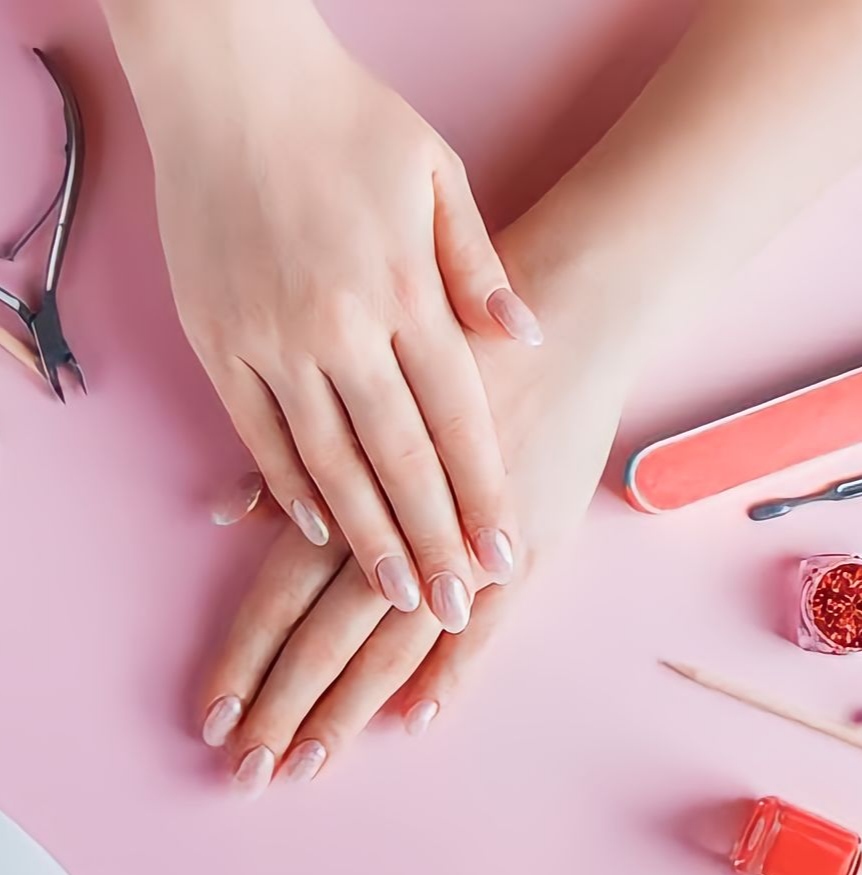Introduction:
Nail avulsion, a procedure in which the entire nail or a portion of it is removed, can be a necessary intervention for various nail conditions. This comprehensive guide aims to shed light on the nuances of nail avulsion.
Understanding Nail Avulsion:
Nail avulsion is a dermatological procedure involving the removal of a nail or part of a nail, often performed to address conditions such as ingrown nails, severe fungal infections, trauma, or other persistent nail-related issues. The approach to nail avulsion is rooted in precision, ensuring both the efficacy of the procedure and the comfort of the patient.
Indications for Nail Avulsion:
- Ingrown Nails: For cases where the nail edge grows into the surrounding skin, causing pain, inflammation, and infection, nail avulsion can provide relief and prevent recurrent issues.
- Severe Fungal Infections: When fungal infections affect the nail bed extensively, leading to pain, deformity, and compromised nail health, avulsion may be recommended to remove the affected nail and allow for proper treatment.
- Trauma or Injury: In instances of severe trauma or injury to the nail, avulsion may be necessary to promote healing, prevent infection, and address aesthetic concerns.
The Expertise in Nail Avulsion:
- Precise Execution: The procedure is performed with precision to minimize discomfort and ensure optimal outcomes for patients.
- Patient-Centered Care: Recognizing the potential anxiety associated with nail avulsion, healthcare professionals prioritize open communication and patient education. This approach empowers patients to make informed decisions about their care.
- Minimizing Discomfort: Through the use of local anesthesia and advanced techniques, healthcare professionals strive to minimize discomfort during and after the nail avulsion procedure, enhancing the overall patient experience.
Recovery and Aftercare:
- Postoperative Care: Following nail avulsion, patients are provided with detailed postoperative care instructions to promote proper healing and prevent complications. This may include keeping the area clean, applying prescribed medications, and avoiding activities that could strain the healing nail bed.
- Follow-Up Consultations: Regular follow-up consultations are scheduled to monitor the healing process and address any concerns or questions the patient may have. The commitment to comprehensive care extends beyond the procedure itself.
Conclusion:
Nail avulsion, when performed by an experienced healthcare professional, can be a transformative solution for individuals grappling with nail-related issues. The dedication to precision, patient-centered care, and thorough postoperative management contribute to a trusted and reliable approach in the field. If you are considering nail avulsion or have persistent nail concerns, consult with a qualified healthcare professional for expert guidance and personalized care.

